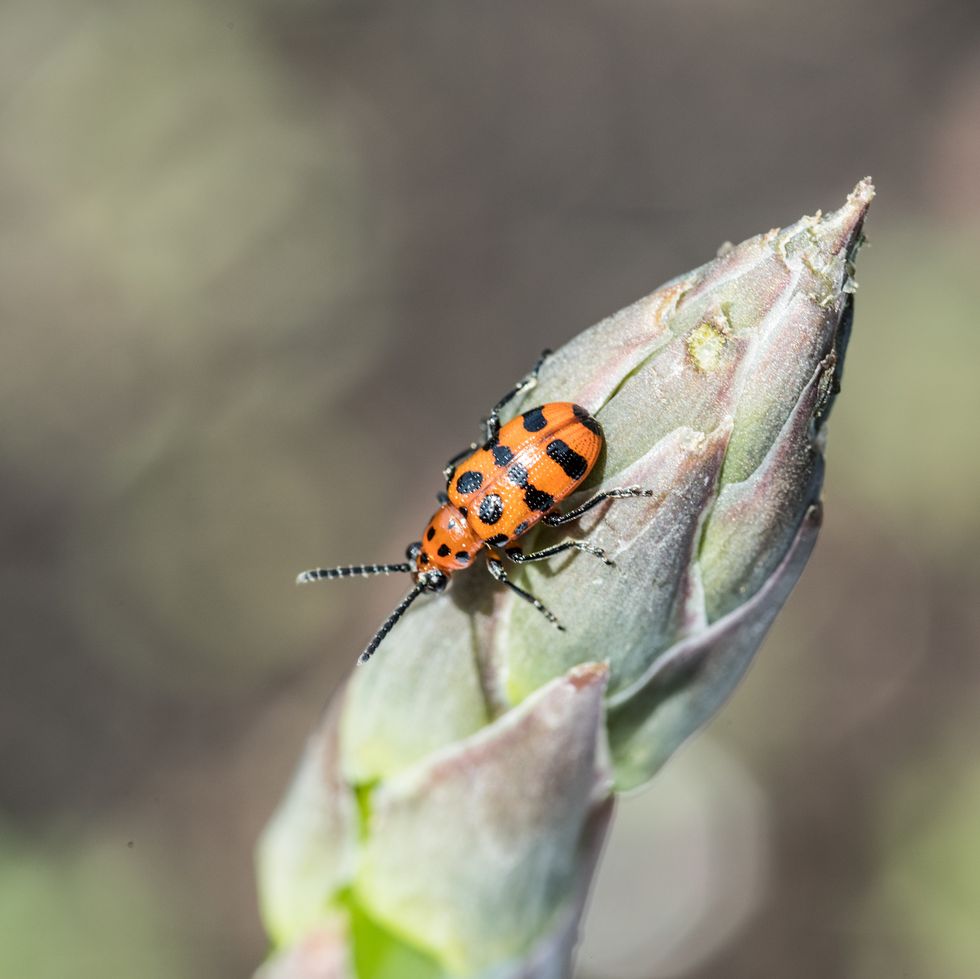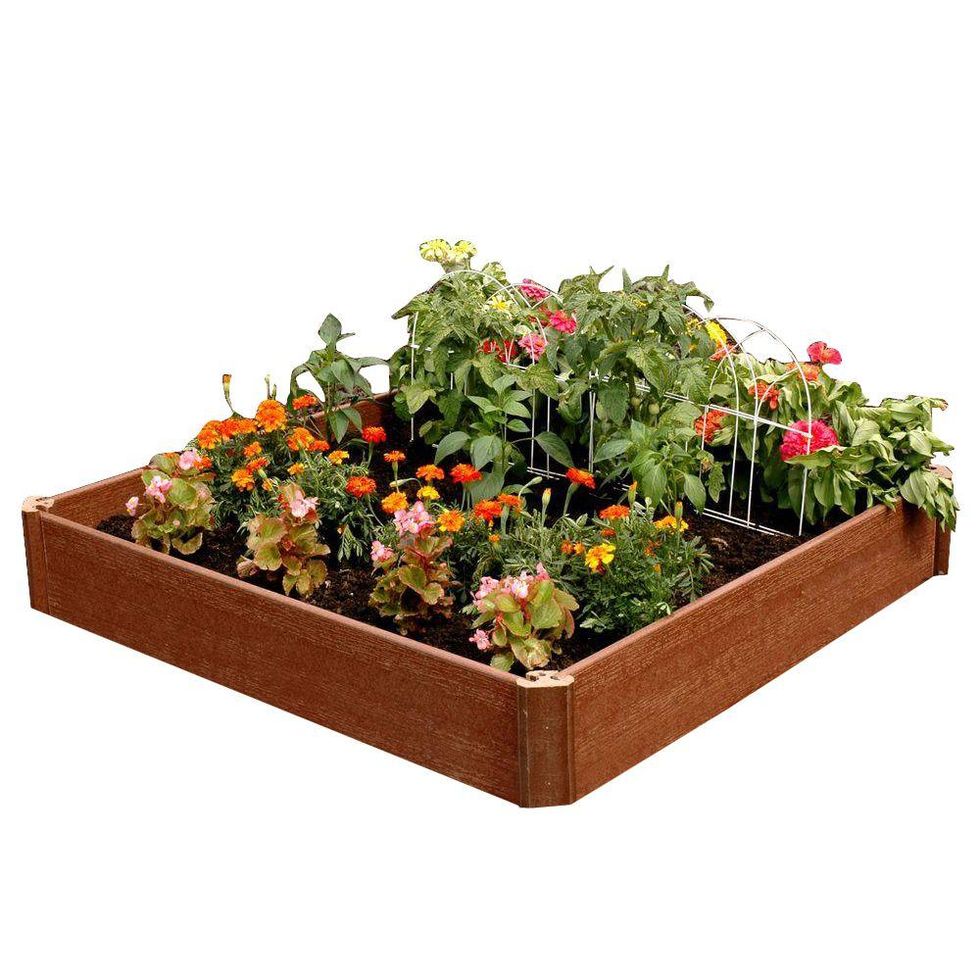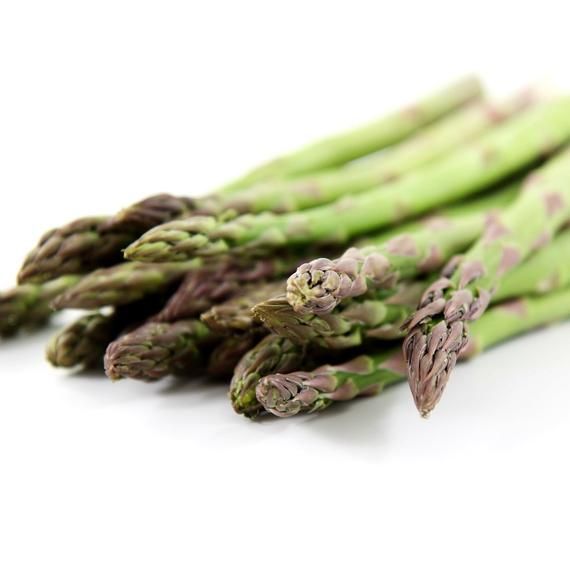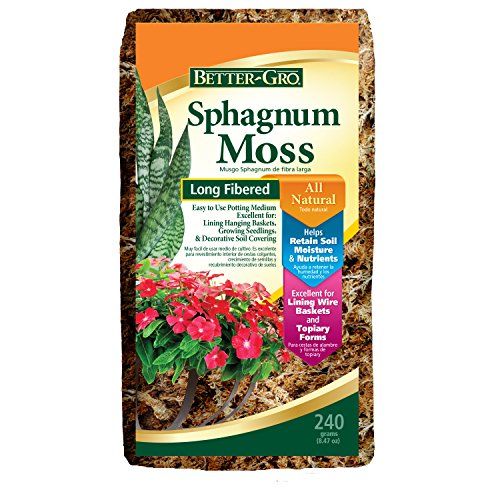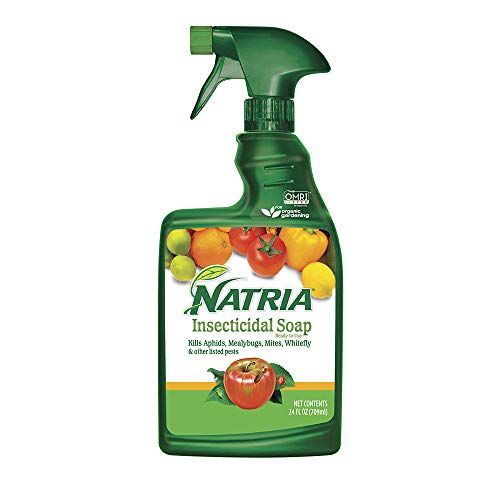There's a reason why many of us turn to asparagus in the spring and summer months: It's one of the first crops of spring harvest, and the fresh-picked spears are more tender and tasty during the growing season. Even more, this versatile green is rich in B vitamins, vitamin C, calcium, and iron, making it a healthy (and welcome) addition to any meal.
While the idea of growing asparagus may be overwhelming, it shouldn't be: Asparagus is a great starting point because it's one of the few perennial vegetables that'll grow fresh spears year after year with little space and effort. Even though it takes asparagus plants three years to fully mature, it'll be well worth it when you have a bounty of nutritious spears at your disposal.
Now, here's everything you need to know about growing asparagus, whether you start from seed or spear.
How to Grow Asparagus From Seed
It takes patience to start your asparagus patch from seed, but there are advantages to gain from the extra wait. Seed-grown plants don't suffer from transplant trauma like nursery-grown roots, and you can buy a whole packet of seed for the same price you'll pay for one asparagus crown. Most seed-grown asparagus plants eventually out-produce those started from roots.
In northern climates, start seedlings indoors in late February or early March. Sow single seeds in newspaper pots, place the pots in a sunny window, and use bottom heat to maintain the temperature of the mix in the pots at 77ºF. When the seeds sprout, lower the temperature to 60 to 70ºF. Once the danger of frost passes, plant the seedlings (which should be about 1 foot tall) 2 to 3 inches deep in a nursery bed.
When tiny flowers appear, observe them with a magnifying glass. Female flowers have well-developed, three-lobed pistils; male blossoms are larger and longer than female flowers. Weed out all female plants. The following spring, transplant the males to the permanent bed.
How to Plant Asparagus
Select and prepare your asparagus bed with care — this crop will occupy the same spot for 20 years or more. It can tolerate some shade, but full sun produces more vigorous plants and helps minimize disease. Asparagus does best in lighter soils that warm up quickly in spring and drain well; standing water will quickly rot the roots.
Prepare a planting bed for your asparagus —simple raised beds work best — that's about 4 feet wide by removing all perennial weeds and roots, and digging in aged manure or compost.
Asparagus plants are monoecious, which means each individual asparagus plant is either male or female. Some varieties of asparagus, such as Jersey Knight and Jersey Giant, produce all male or primarily male plants, so they’re more productive — male plants yield more harvestable shoots because they don’t have to invest energy in producing seeds. Stick to an all-male asparagus variety if high yield is your main goal.
With an all-male variety, 25 plants are usually adequate for a household of four; double that amount for standard varieties. (Ardent asparagus lovers recommend tripling these quantities.)
Starting asparagus from one-year-old crowns gives you a year’s head start over seed-grown plants. While you might think that two-year-old crowns are a better option, they tend to suffer more from transplant shock and won’t produce any faster than one-year-old crowns. Buy one-year-old crowns from a reputable nursery that sells fresh, firm, disease-free roots. Plant them immediately if possible; otherwise, wrap them in slightly damp sphagnum moss until you are ready to plant.
To plant asparagus crowns, dig trenches 12 inches wide and 6 inches deep (8 inches in sandy soil) down the center of the prepared bed. Soak the crowns in compost tea for 20 minutes before planting. Place the crowns in the trenches 1½ to 2 feet apart; top them with 2 to 3 inches of soil. Two weeks later, add another inch or two of soil. Continue adding soil periodically until it is slightly mounded above surface level to allow for settling.
How to Mulch and Water Your Asparagus Plant
After removing any visible weeds, apply mulch to smother any remaining weeds, which compete with the young spears and reduce yields. Water regularly during the first two years after planting. As asparagus matures, it crowds out most weeds and sends long, fleshy roots deep into the earth, so watering is less critical. Fertilize in spring and fall by top-dressing with liquid fertilizer (such as compost tea) or side-dressing with a balanced fertilizer.
Leave winter-killed foliage, along with straw or other light mulch, on the bed to provide winter protection. Remove and destroy the fern-like foliage before new growth appears in spring; it can harbor diseases and pest eggs.
If you want to grow white asparagus, which has a slightly milder flavor than green asparagus, blanch the spears by heaping up soil or mulch over the bed before they emerge.
How to Harvest Asparagus
Don’t harvest any asparagus spears during the first two years that plants are in the permanent bed because they need to put energy into establishing deep roots. During the third season, pick the spears over a four-week period, and by the fourth year, extend your harvest to eight weeks. In early spring, harvest spears every third day or so; as the weather warms, you might have to pick your asparagus twice a day to keep up with production.
To harvest, cut asparagus spears with a sharp knife or snap off the spears at, or right below, ground level with your fingers.
How to Solve Pest Problems and Defects
Healthy asparagus foliage is necessary for good root and spear production. Asparagus beetles, which chew on spears in spring and attack summer foliage, are the most prevalent problem. The 1/4-inch-long, metallic blue-black pests have three white or yellow spots on their backs. They lay dark eggs along the leaves, which hatch into light gray or brown larvae with black heads and feet. Control by hand picking; spray or dust seriously infested asparagus plants with an insecticidal soap.
These methods also control the 12-spotted asparagus beetle, which is reddish brown with six black spots on each wing cover. Asparagus miner is another foliage-feeding pest; it makes zig-zag tunnels on the stalks.
If your asparagus bed does become infected by disease organisms, your best option is to start a new bed in a distant part of the garden, using newly purchased or grown plants.
If young spears turn brown and become soft or withered, they may have been injured by frost. Cover spears with mulch or newspaper when freezing nights are predicted.



